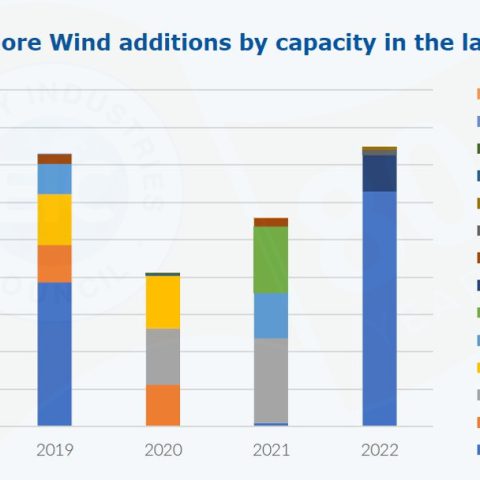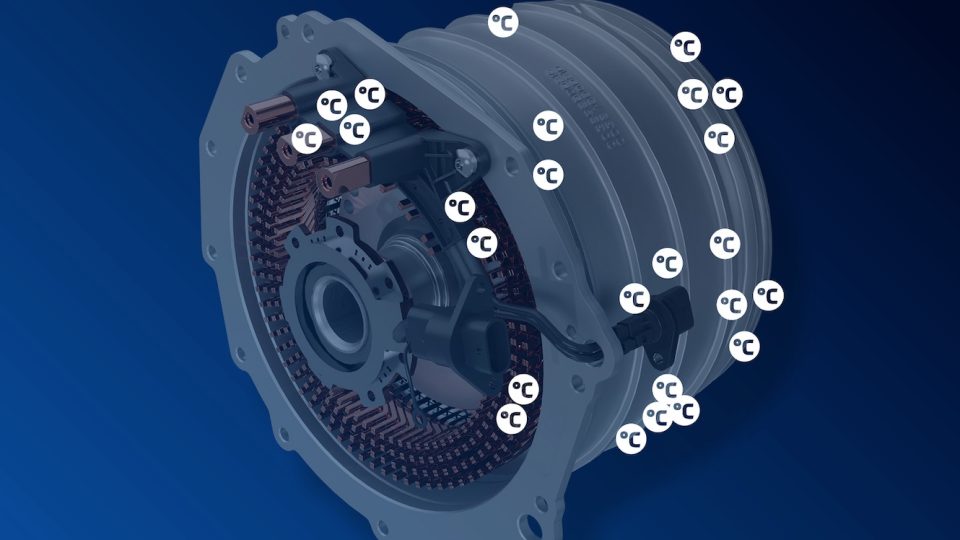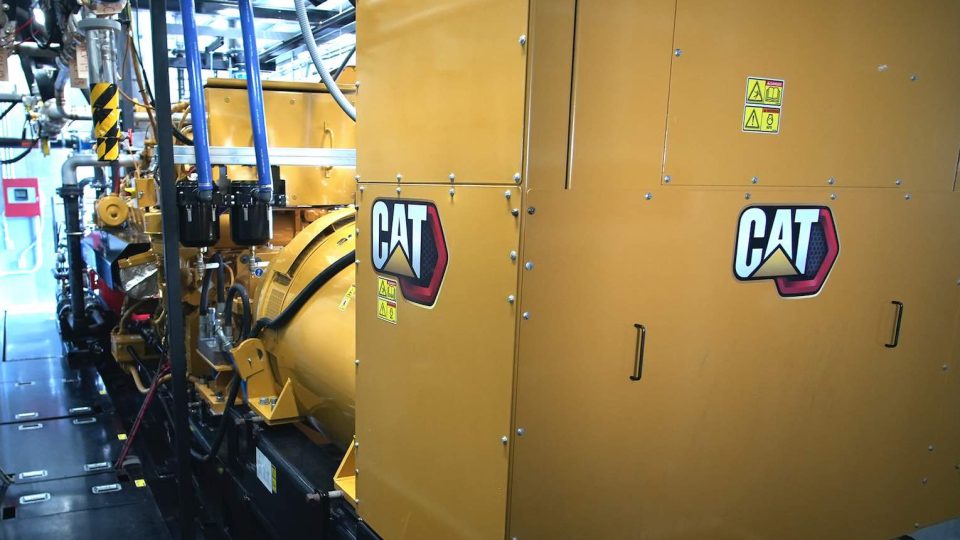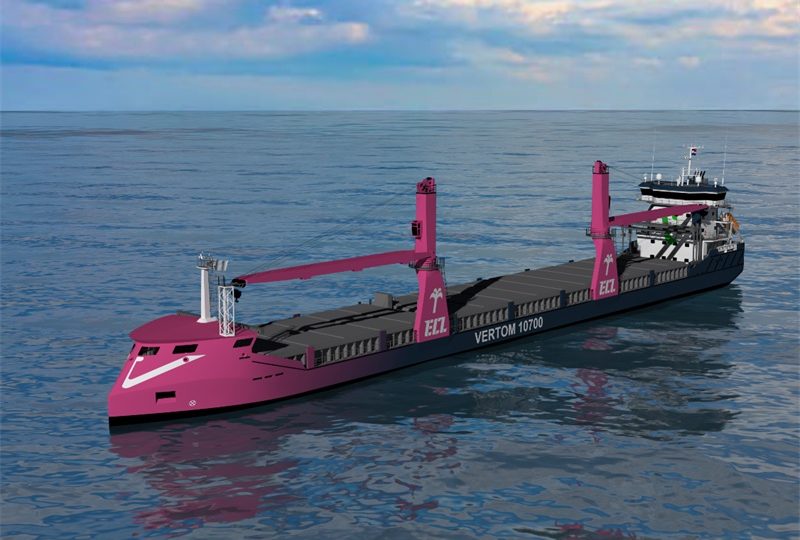Energy Industries Council: renewables add 66 GW to global grid in 2022
This report by the Energy Industries Council (EIC) outlines findings on global energy projects commissioned in 2022. Solar energy leads the way as 335 renewable and clean energy projects commissioned, but supply chain changes and policy actions needed for ambitious targets.

According to a report by the Energy Industries Council (EIC), renewables and clean energy projects added nearly 66 gigawatts to the global power grid in 2022, bringing the world closer to its environmental goals. But the pace of project deployment needs to move much faster to reach the 2050 net-zero target.
The EIC’s first global operational expenditure (OPEX) report, released at the beginning of March, reveals that a total of 335 renewable and clean energy projects were commissioned in 2022. These included 128 onshore wind, 6 offshore wind, 159 solar, 10 energy from waste, 17 biomass, and 15 hydroelectricity projects.
Solar energy contributed the most to the global power grid compared to other forms of clean energy, adding 25.7 gigawatts. The report, which covers a vast array of energy projects worldwide (excluding China and Russia), reveals that solar was followed closely by offshore and onshore wind projects, which produced 3.7 GW and 22 GW, respectively. The countries leading the way in clean power projects commissioned in the year were France, Italy, Japan, the UK, and the United States.
Fossil fuels continue to dominate the energy mix and remain the largest single contributor to the global power sector, with 65 power plant projects put into service in 2022, with a combined capacity of 46.6 GW. The sector, however, experienced a marked drop in new capacity compared to 2018 when it added well over 80 GW of electricity to the global grid.
“The world needs a balanced and diversified energy mix that addresses challenges like energy security and affordability, while also prioritizing sustainability,” says Neil Golding, EIC’s Head of Market Intelligence.“Although there is a promising pipeline of clean energy projects, as shown by EIC’s proprietary data, the global supply chain may not have the capacity or capabilities needed to deliver on these projects and achieve our climate targets. If we look at the offshore floating wind sector, we can see what having ambitious targets means in practice. Our data shows that there are plans to generate 140 megawatts of power by 2035, but achieving these goals will require significant changes in the supply chain, including building sufficient capacity to produce turbines and export cables, as well as streamlining project execution for faster delivery. Other sectors need, of course, to make similar changes relevant to their industries.”
EIC’s Head of External Affairs, Rebecca Groundwater, said, “Clearly, the green energy sector made important strides last year in offshore and onshore wind, solar, biomass, and hydroelectricity, and this growth is creating opportunities for the supply chain in industries such as green hydrogen and energy from waste. But the pace of project deployment still falls short of what is required to achieve global net-zero targets by 2050. To bridge this gap, we need a creative mix of policies, such as the development of robust financing schemes that contribute to research and development efforts, equipment manufacturing, and project execution across energy industries.”
The report covers projects that were commissioned over the course of 2022 in the following energy industries: offshore and onshore wind, solar, energy from waste, biomass, nuclear, hydroelectric power plants, hydrogen, energy storage, upstream field developments, pipelines, terminals, LNG, biofuels, and petrochemicals.










